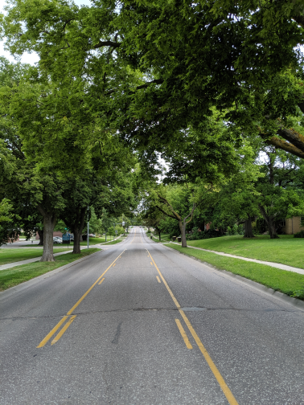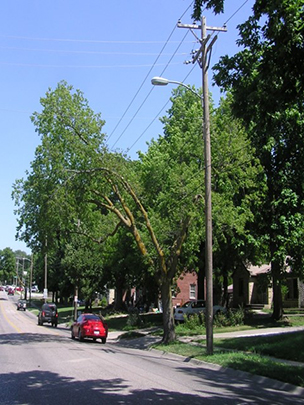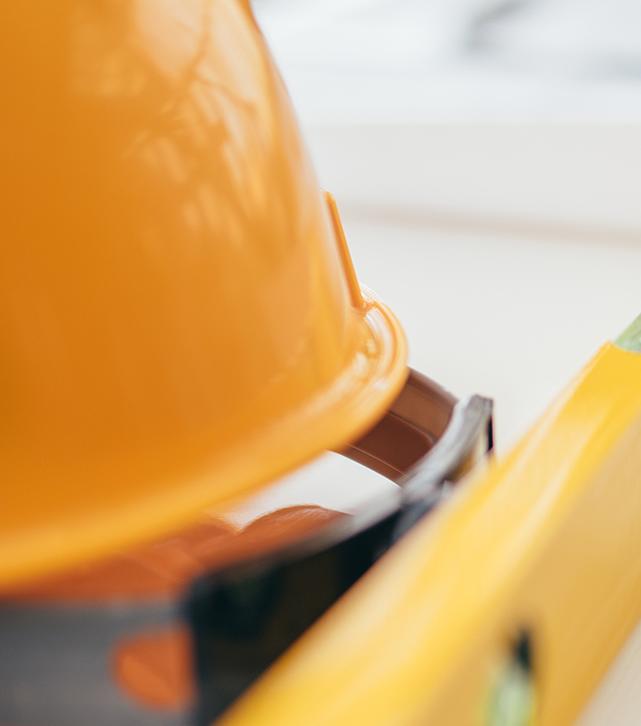Our customers depend on us to power their homes, so we’re committed to continuously improve service and reliability across the service territory. We continue to maintain our outstanding service reliability of 99.99%. To maintain the excellent service our customers expect, we acknowledge the need to repair, replace, build, upgrade and extend the electric system. Below, see details about LES' major construction projects in the works.
(Are you a building contractor? Click here for info on how we can work together to better anticipate equipment needs in your building projects during this time of supply chain issues.)
LES will perform line upgrades and pole replacement along North 84th street from Hwy 6 to Arbor Road. This work will reinforce the electrical capacity in the area, positioning it for future growth and reliability. LES construction is scheduled to begin in the first quarter of 2025.
LES crews and LES’ bore contractor, Central States, will install underground conduit, electrical cables, and at-grade equipment on the north side of A Street from 56th Street to Gramercy Road. This work will reduce the likelihood of outages that result from weather, vehicle accidents and other tree-related issues. This project is scheduled to begin in second quarter 2025 and last until fall of 2025. LES will work to minimize traffic impacts whenever possible, keeping safety a top priority during construction.
Padmounted Equipment Inspection Program Map
Some equipment is inspected on a more frequent basis and may not be reflected in the shaded portion of the map displayed above.
The Underground Distribution Asset Management (UDAM) program inspects and performs maintenance on LES padmounted electrical equipment throughout the service territory on a 5 year cycle. This inspection evaluates equipment conditions and determines where targeted construction may be needed to maintain high system reliability. The 2025 inspection will begin in January and work is expected to be complete by the end of 2025. Inspections will be performed by LES crews, as well as crews from our contractor, Kidwell.
SALTILLO RELOCATION PROJECT MAP
In preparation for the Lancaster County Roundabout and Resurfacing Project along Saltillo Road, LES will move existing overhead lines that are in conflict with the roadway project and will install underground cables and at-grade equipment within the project area.
This project will improve the reliability and safety for our customers while improving the aesthetics along Saltillo Road.
SOUTH 56TH STREET RELIABILITY PROJECT MAP
The South 56th Street Reliability Project is a multistep project to rebuild transmission lines and structures along 56th Street, from Everett Street to Elkcrest Drive.
The project will begin in mid-2023, with the relocation of overhead distribution lines to underground. Eliminating overhead power lines along this major roadway meets the Lincoln-Lancaster County Comprehensive Plan statement, “Within the City of Lincoln, wherever feasible and affordable, implement a phased program to relocate overhead utility lines underground.” Burying these lines will improve neighborhood aesthetics, reduce impact from vehicle/pole accidents and build upon our reliability now and in the future. LES also will work with the communication utilities in the city of Lincoln to remove communication lines.
Once distribution lines (the “middle” lines on the pole) are removed, as well as the communication utility lines (the “lower” lines on the pole), work will begin on transmission structures and lines. This portion of the project will update structures to support increased electricity needs for the area and increase the span of the lines between structures.
OPEN HOUSE
LES held an open house Aug. 23, 2022, to discuss this project. Click the links below for more information and to provide feedback.
View the South 56th Street Reliability Project flyer
View the South 56th Street Reliability Project FAQ
Provide feedback about the South 56th Street Reliability Project
| Before | After |
|
|
 |
| 48th Street, L-Cotner Boulevard Overhead to Underground Project | |
Additional resource
Help LES keep power restoration and maintenance trouble-free by leaving proper space around power equipment.
Contact us
If you have any questions related to the South 56th Street Reliability Project, contact us at 402.475.4211 or email [email protected].
ODAM AGI Attachment A 5-Year Cycle Map
The Overhead Distribution Asset Management (ODAM) program improves reliability and safety of the LES electrical system through inspections of our infrastructure. This proactive maintenance results in timely resolution of potential issues.
The ODAM program identifies and addresses any issues before they lead to outages or safety hazards. The program includes two main inspection components: the Above Grade Inspection (AGI) and the Below Grade Inspection (BGI), each following specific cycles to ensure comprehensive coverage across our service area.
Detailed Inspection Cycle
Above Grade Inspection (AGI):
- Cycle: Every 5 years
- Scope: The AGI inspects LES’ overhead equipment attached to wood poles from ground level to pole top. This inspection cycle covers one area in north Lincoln and one in south Lincoln each year, ensuring that all areas within the service territory are thoroughly inspected over a five-year period. We focus on identifying issues such as structural integrity, electrical safety and environmental hazards.
Below Grade Inspection (BGI):
- Cycle: Every 10 years
- Scope: The BGI addresses the condition of the wood poles below ground level. This inspection involves a thorough examination of the poles’ health and includes remedial treatment of the poles to extend their service life and ensure continued safety and reliability.
Coordinated Inspections and Prioritization
The AGI and BGI are designed to work in tandem, with overlapping inspections in certain areas to ensure both above and below ground issues are addressed comprehensively. Work is then prioritized based on the severity of any issues found:
- Priority 1 (Immediate): Issues posing imminent safety or environmental hazards or those likely to cause an outage are addressed within 1-7 days.
- Priority 3 (Medium): Deficiencies that present potential safety or outage concerns but are not immediate are resolved within 30 days.
- Priority 5 (Routine): Issues that do not pose immediate risks are scheduled for resolution within the regular maintenance cycle, typically within three years.






